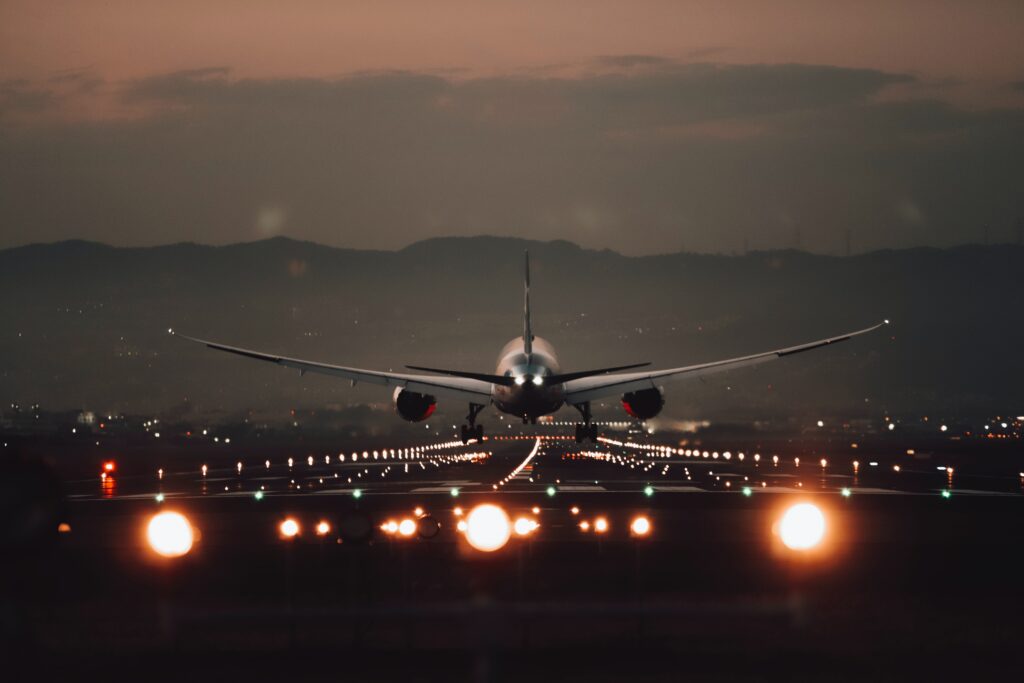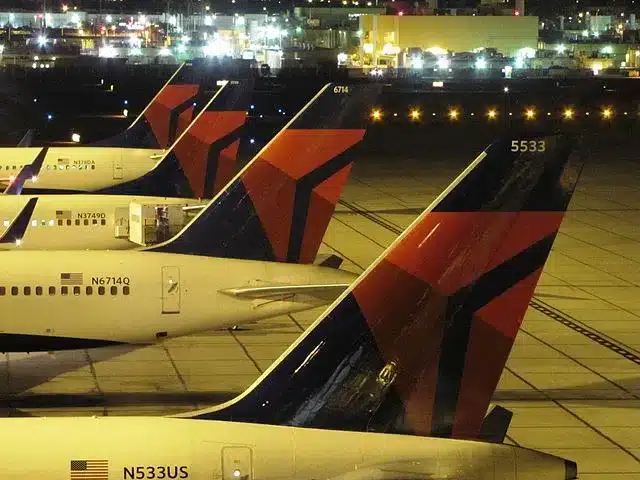Why Turbulence is a challenge to avoid
Turbulence can be bad. Flight Attendants, those unlucky enough to have been caught mid-aisle, will know what I mean.
CAT, or Clear Air Turbulence is the big one. It is the natural energy of air movement in the upper atmosphere caused by air pressure or the jet stream.
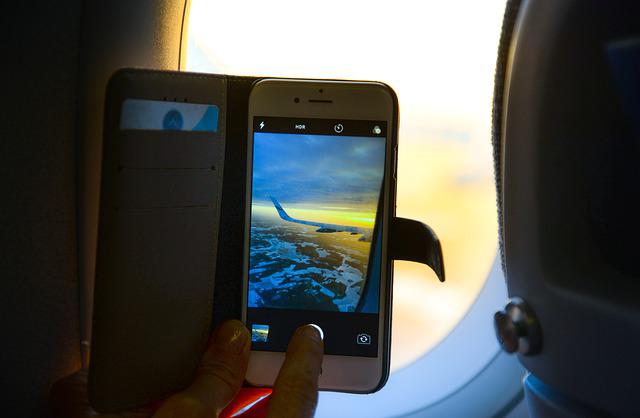
There are other types of turbulence. Some caused by mountains, weather fronts and storm motion but these are mostly below 15,000 feet and are moderate to light on the scale.
CAT Turbulence is the big one. And it’s invisible and so we cannot see it, but modern aircraft are more than equipped to handle even this form of severe turbulence.
App Bumpy Conditions
There’s turbulence tracker Apps out there. Don’t buy them. They won’t help you. Why? Because they won’t help you “avoid” turbulence in planning your flight on your specific travel date. PIREPS are the only accurate weapon we have. But more on them later.
Aircraft have radar sensors that detect water droplets in clouds and flight crew can see “bad” weather which they can avoid or choose a different flight path. CAT cannot be detected as it is composed solely of air.
We will explain the turbulence causes and how you might prepare. But our advice is that we should all just accept it as part of air travel. To help you, we will explain what the airline, the pilots and air traffic control are doing to help aircraft avoid it. And what you should do when things get shaky.
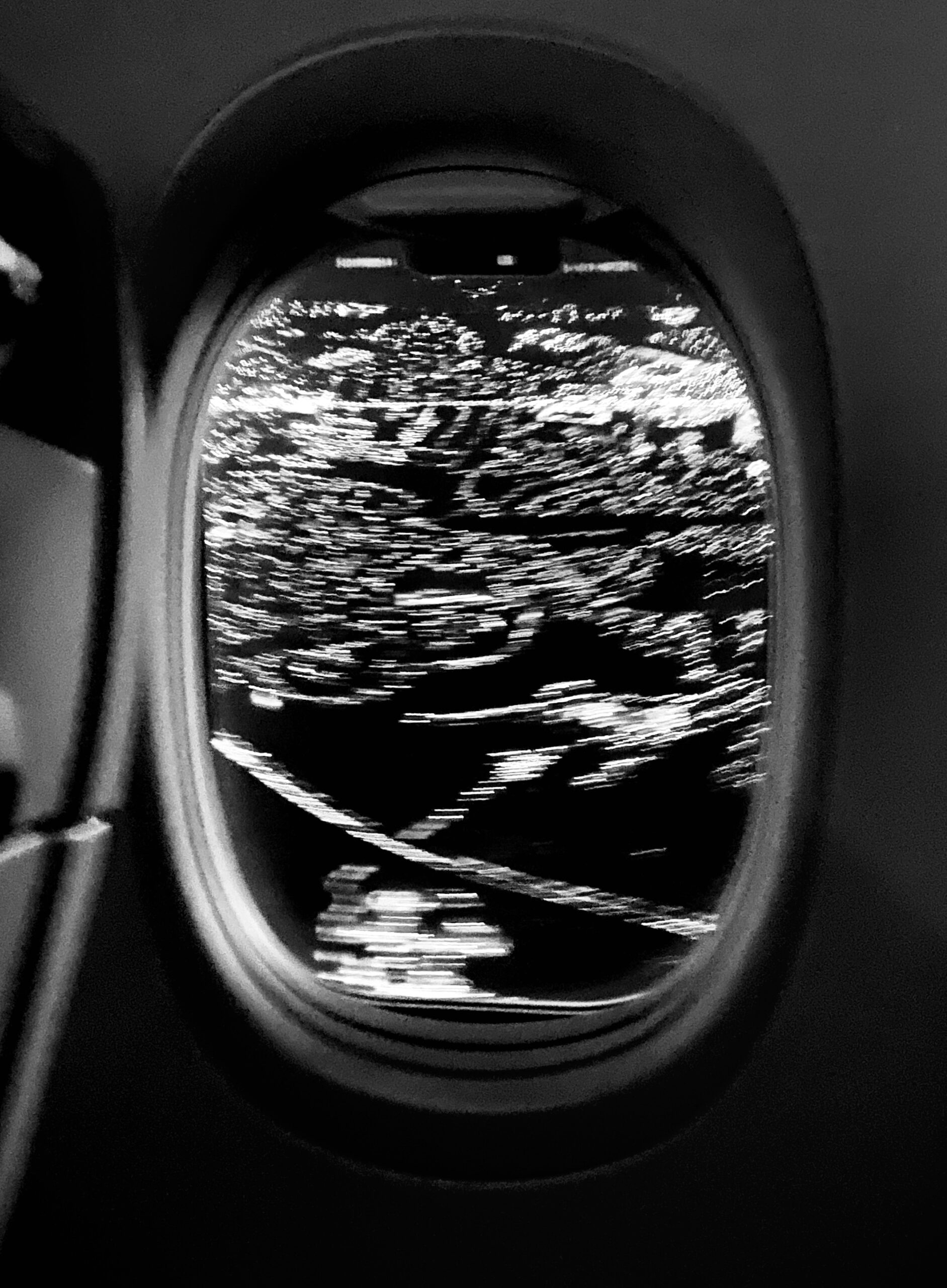
My Turbulence Story
Mexico City to Havana. Between July and September. That’s a Route-Season combo you might need to remember. If you don’t want any roller-coaster style drops. We know because of historical data.
Weather over the gulf can create storm clouds that can rise from sea level to 50,000 feet. If you’ve ever spent more than ten minutes in Florida, you know what I mean.
Back in the 90’s, when you couldn’t get to Cuba directly from the USA, Mexico City was the best hub. I caught a flight from there to Havana in an old Mexicana MD83. For the younger folk out there, this is an old narrow-body jet that had seats, seat belts, working ashtrays and nothing else.
Rocky Horror Show
It was the most turbulent flight I was ever on, and I will never forget the face of a young Japanese student sat next to me. When she grabbed my hand during one of those 500-800 feet drops, it wasn’t a look of fear (that had long passed). She was convinced she had been sent to hell for some past misdeed. She hoped that it would all end sooner rather than later.
It took her two days to reach the terminal from the aircraft.
But here’s the rub. My flight back to Mexico two days later was as calm as I’ve seen.
Why Turbulence Apps don’t work
Because we know what the stakeholders are doing and it’s more reactive than proactive. These stakeholders are the airlines, air traffic controllers and our pilots.
We have groups that study and advise on turbulence. In the US for example they have the CAST group. Helped by the NTSB they study the ongoing conditions and try to help airlines avoid weather where turbulence is likely.
However, weather moves. Very quickly. And aircraft are limited in how they can deviate. A few miles off course and 2-3 thousand feet in height is probably the scale.
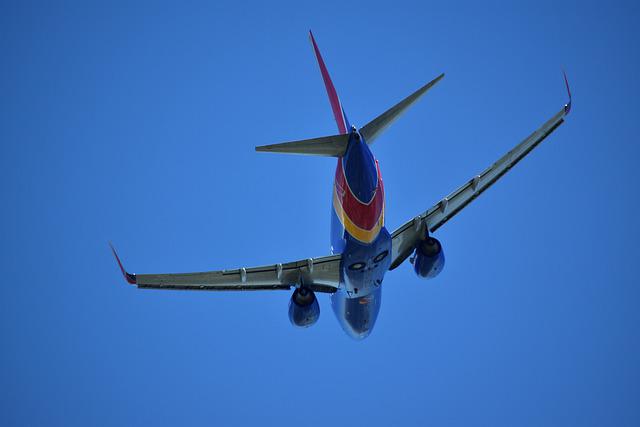
What we do to avoid Turbulence
Try to avoid it and minimize the effects. CAT is caused by the same kinds of atmospheric events, so we regulate around these as best we can, Such as
- Keep communications channels open. PIREPS, or pilot reports are the best way to know if turbulence exists and exactly where it was encountered. ATC passes this data to other aircraft heading into the same area.
- ATC will reroute aircraft if CAT is severe enough. So, the pilots will know well in advance.
- We use as much weather data available to analyze and predict where sever turbulence might occur.
Air Turbulence Injuries
An Aircraft is highly unlikely to be compromised by turbulence. I know it doesn’t feel that way at the time, but aircraft are designed for conditions well beyond what you might think. Certainly, more than 99.9% of you have experienced.
But if you don’t follow the cabin crew instructions – you can be injured. The NTSB have categories for these related injuries.
- If you are hospitalized for more than 48 hours, within 7 days of the accident
- If you break any bone. But not fingers, toes or your nose!
- Severe hemorrhages, nerve, muscle or tendon damage
- Damage to any internal organ
- Second or third degree burns or any burn that affects more than 5% of your body.
This is how the NTSB tracks and monitors the effects of turbulence and just like accident reports they investigate these events to see what happened, what went wrong (or right) and how things could have gone better.
Therefore, it’s worth noting that flight attendants are far more likely to get injured. Given they are the ones most likely to be up and about during the event. Yet another reason to be nice and kind to them. Which brings us nicely to…
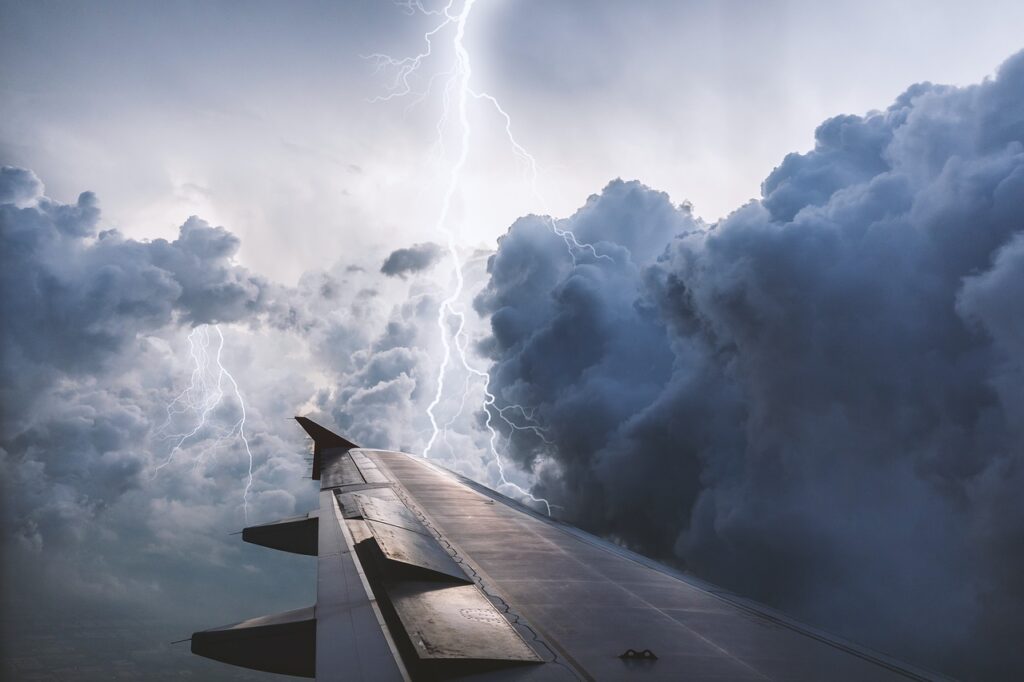
Flights and what you can do
We know this sounds easy, but don’t worry about turbulence. And if you do, know that there are far greater threats to your safety right now – like heart disease. Dying in an airplane crash is a phenomenally rare event, for that event to be brought about by turbulence is more many more zeros right of the decimal point. Book your flight and remember this.
- If you are an compromised elderly person, or if turbulence would be a highly traumatic event there are websites like aviationweather.gov or www.turbulenceforecast.com/pireps and see, very generally where CAT might exist. But you can see from the maps how broad the prediction is.
- Listen to your cabin crew. Pay attention to the briefings, especially if they happen after take-off. If you have a problem, they know what to do so they deserve, at the very least, your attention.
- Buckle up. Buckle your kids up. Stay in your seat. Do not get your MacBook pro out of the bag 6 rows away.
- Lay your hands open on your knees. Take deep breaths and relax your jaw and remember that this event is just the same forces that are carrying you to your destination, they just crisscross sometimes and steal the lift from the wings when they do.
- It will be over quickly. Pilots are trained for turbulence. And 4,789 other similar events they might encounter. In most cases these girls and guys don’t bat an eyelid and are busy getting a PIREP out to their colleagues.
- Remember others. Especially if you have kids. They are looking at you and your behavior. So are other passengers. Be the calm, reassuring person they wink at when the wheels straddle the centerline and say “damn!, how did you stay so calm”. And you just smile back
Now some of you will not believe us and that’s fine. What with AI and the Internet of things, surely, we can tap into this raw data and pinpoint those CAT areas and I can choose a calm flight between Tallahassee and Ronald Reagan Airport. Someday. But not today.
Clear Air Turbulence
Here’s a practical example of how challenging CAT is. Airports have multiple runways. All facing in precise (different) directions because we know where the wind will be strongest according to “trade” or historical data. We do this because we want the aircraft to take-off into the wind and land into the wind, as best we can.
Airports will change the direction of the take-offs regularly. And by regularly we don’t mean daily, we mean hourly. That’s how much the wind can change, and we need to react to it. Now imagine what’s happening up at altitude where the effects are multiplied, and air is moving faster.
If your flight is days or weeks away, there is really nothing you can do that can materially affect what weather will exist when you get to altitude. Just remember that everyone involved in the operation of your flight is doing everything they can, operationally with historical and current data, using PIREPS and weather patterns to minimize your flight.
